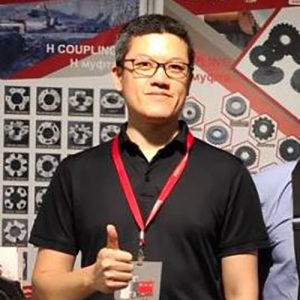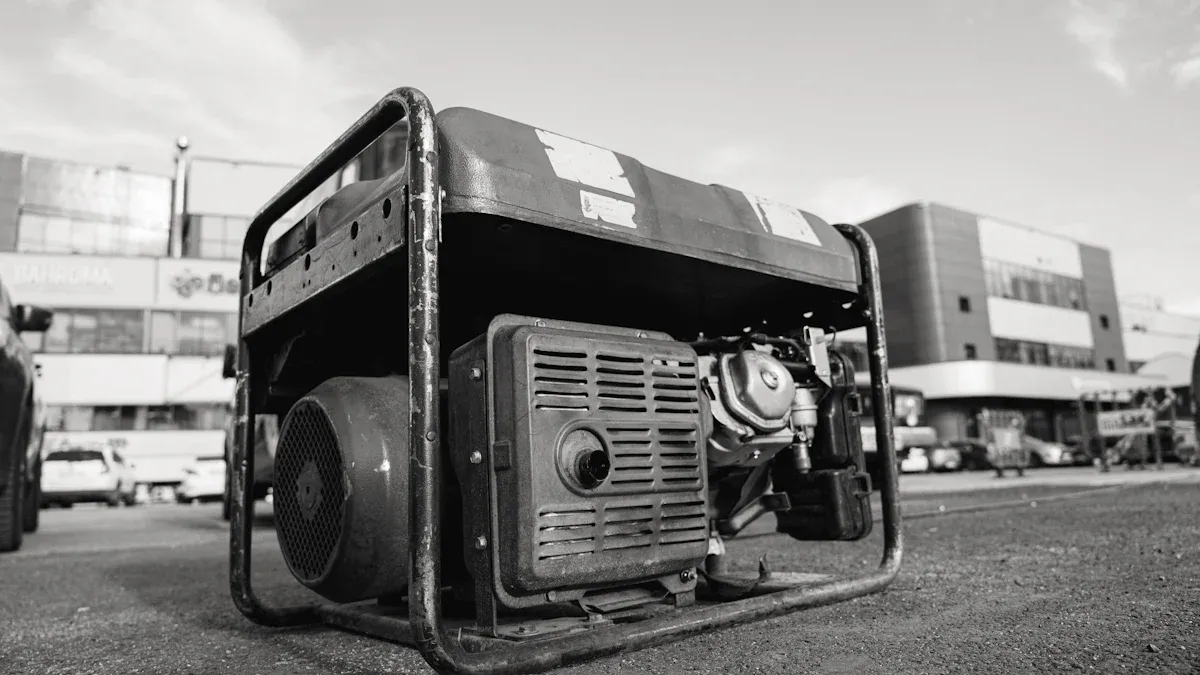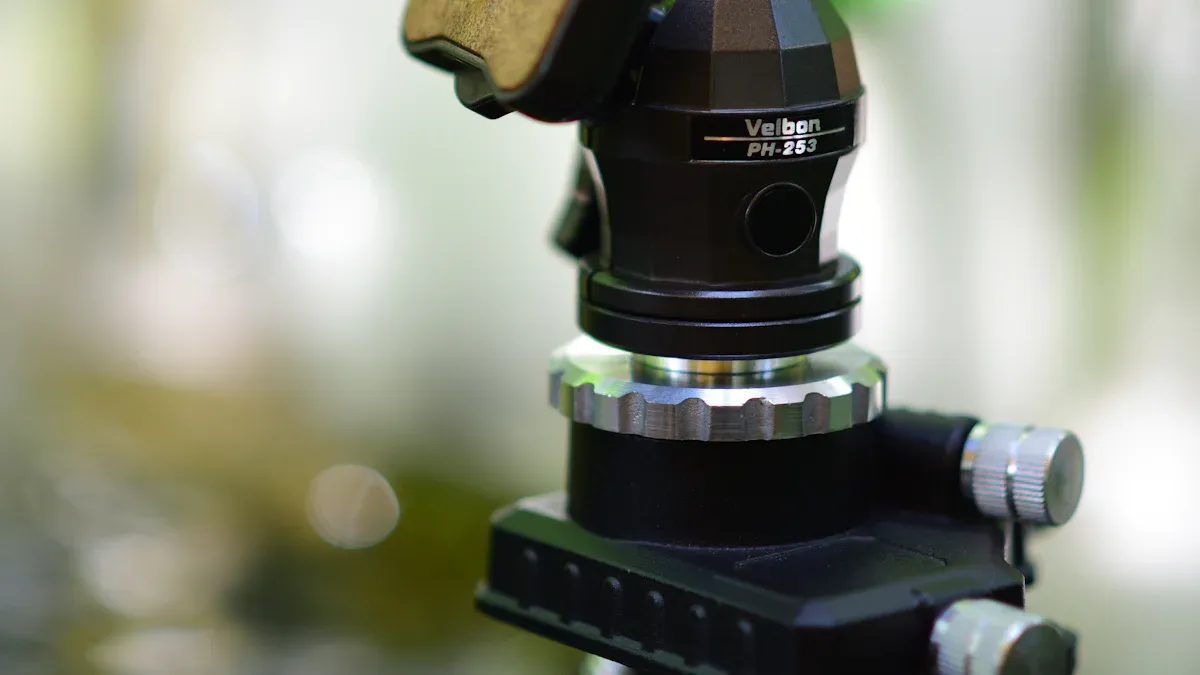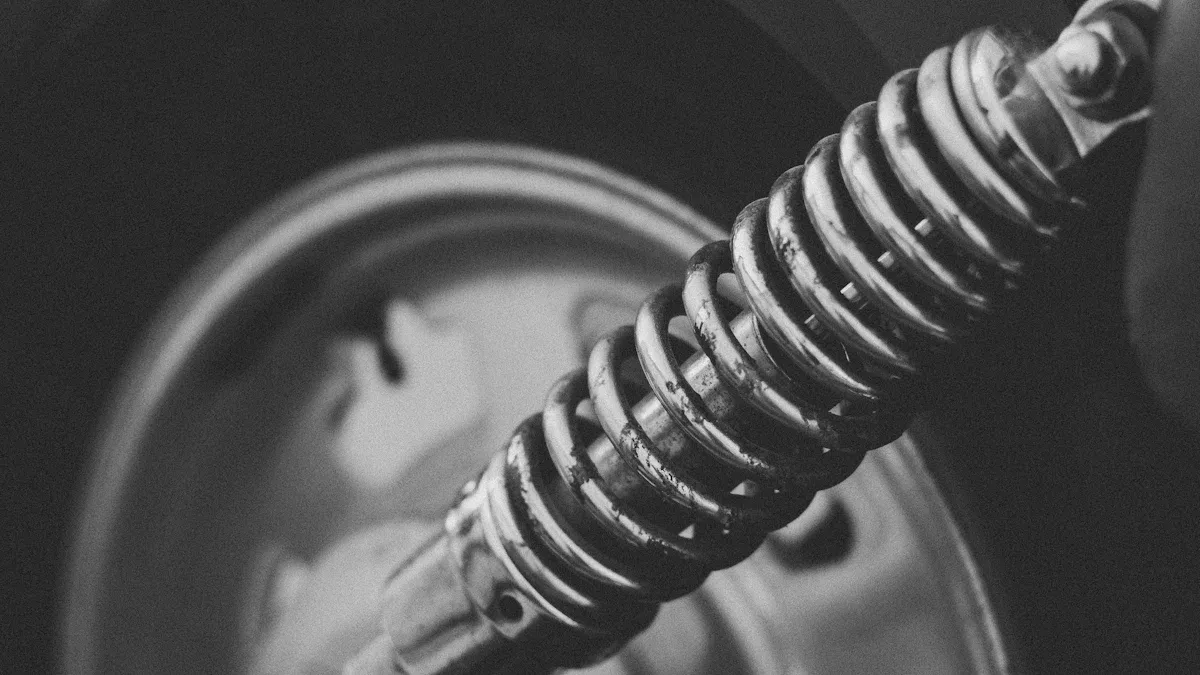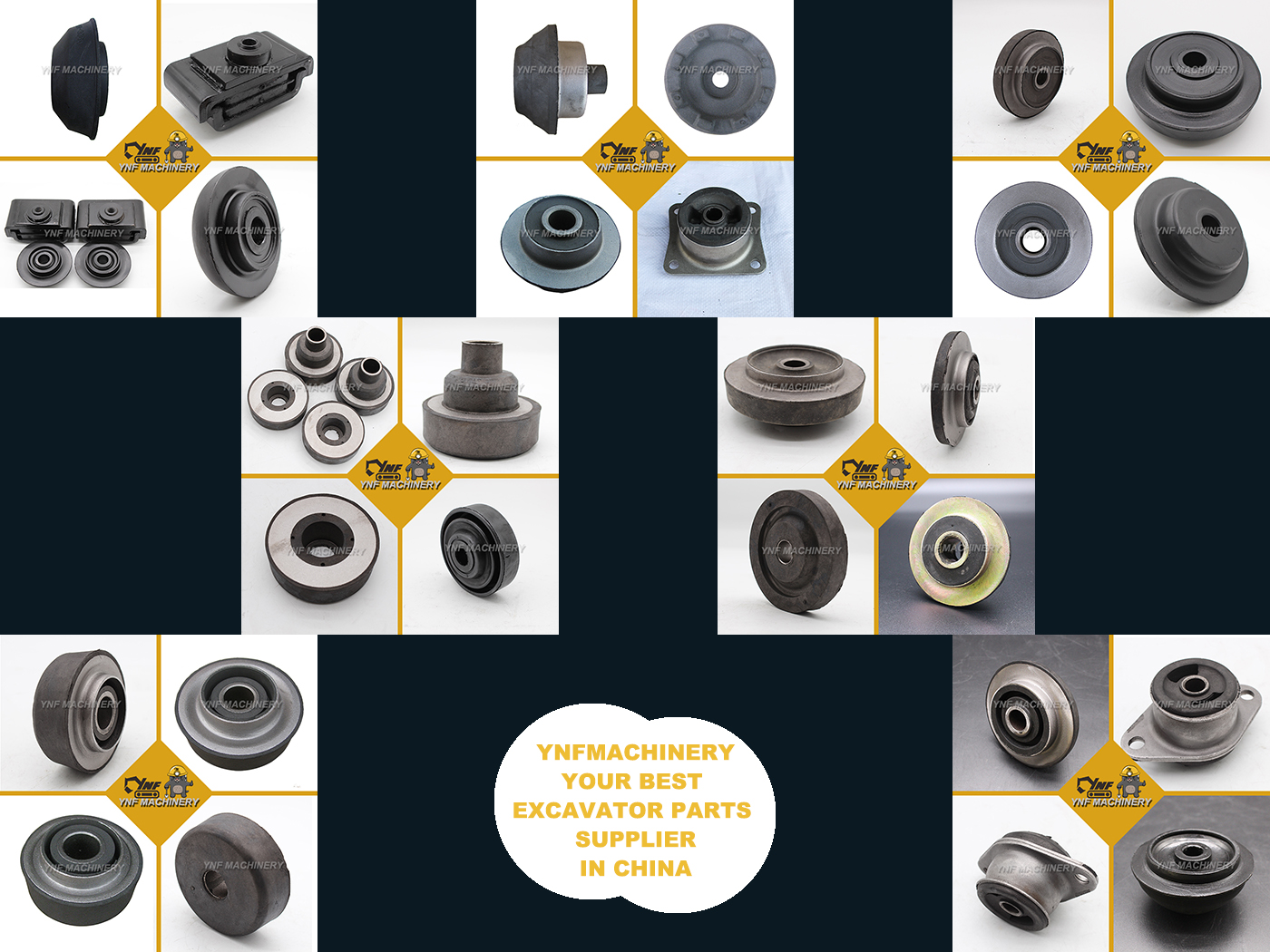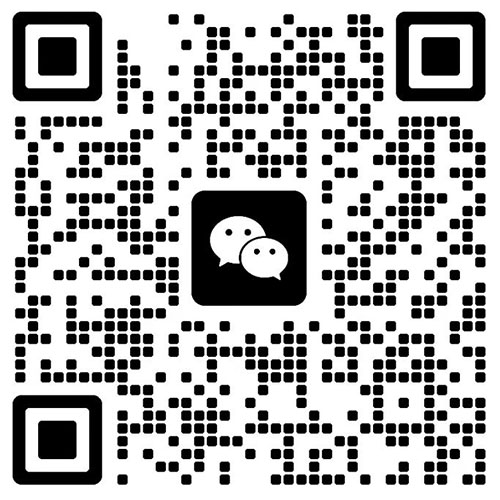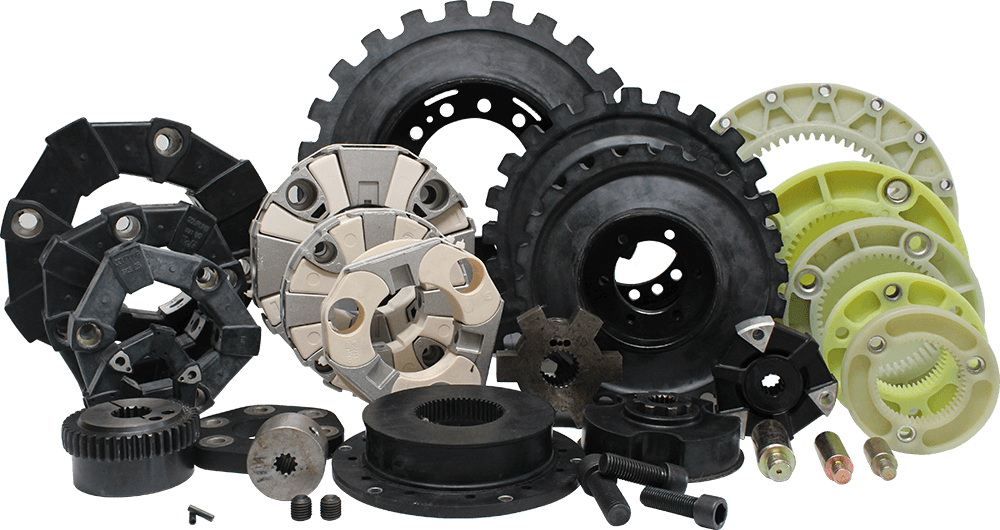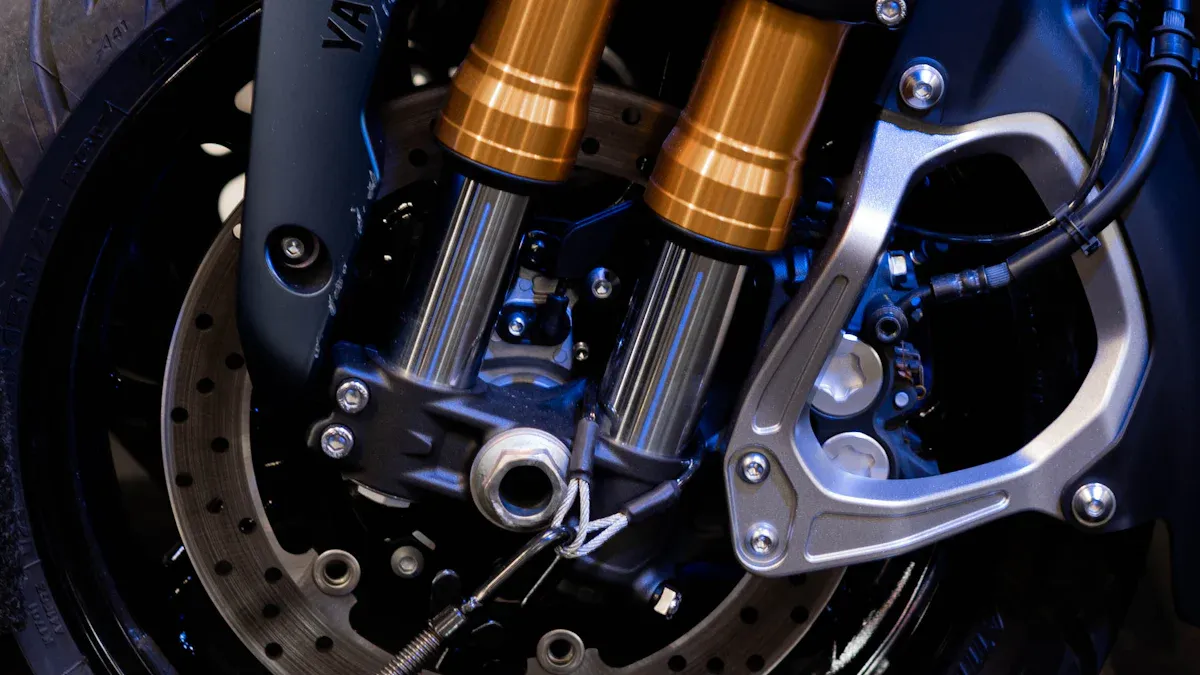
A rubber vibration isolator helps keep shaking parts apart. It also soaks up energy that would move through machines or buildings. When you put it between two surfaces, it works like a soft pad. It stops most of the shaking from getting through. For example, a good rubber vibration isolator can block up to 94% of vibration below 5 Hz, as shown in the table below:
Frequency Range | Vibration Isolation Efficiency |
|---|---|
Below 5 Hz | 94% |
You can protect equipment, buildings, and even yourself from bad effects of vibration by using these isolators. The right design can handle energy well and help machines work better.
Key Takeaways
Rubber vibration isolators help stop shaking. They work like a cushion between machines and surfaces. They can block up to 94% of vibrations under 5 Hz.
These isolators keep equipment safe and help it work better. They soak up energy, lower noise, and stop things from wearing out.
When picking a rubber vibration isolator, think about how much weight it can hold. Also, check the frequency range and the place where you will use it. This helps you pick the best one for your needs.
Rubber isolators can be used in many ways. You can find them in factories, cars, and medical equipment. They help make things safer and work better.
Check rubber vibration isolators often to see if they are damaged. This helps them last longer and keeps your machines safe.
Rubber Vibration Isolator Basics
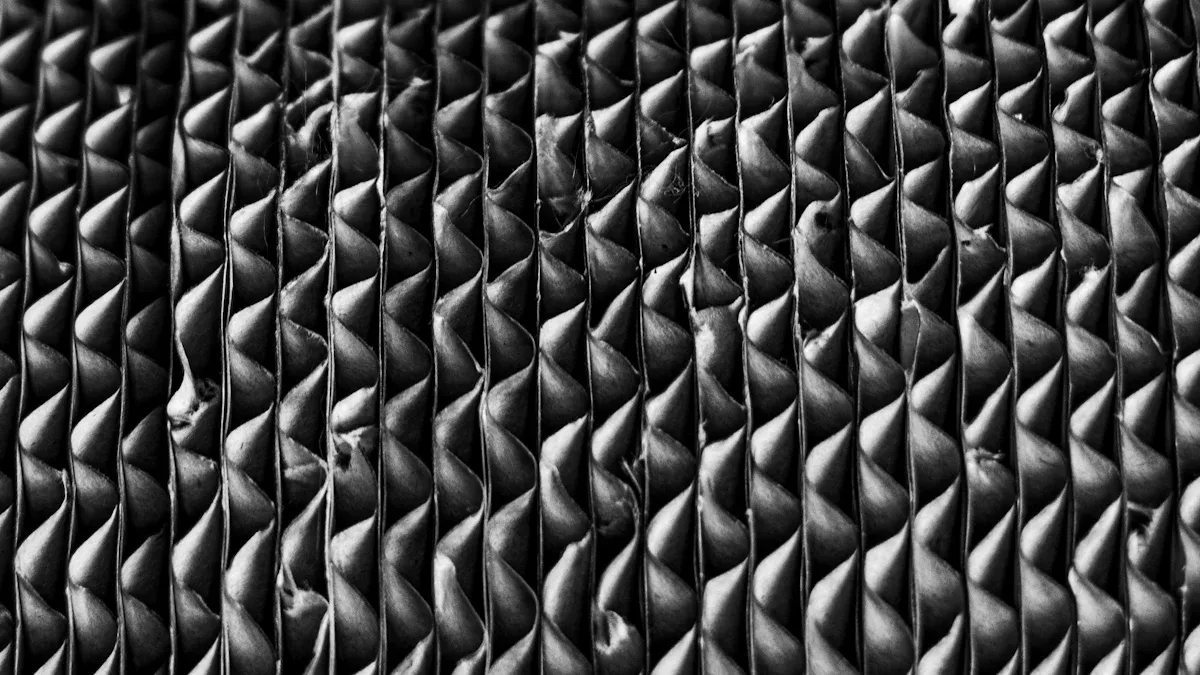
What It Is
A rubber vibration isolator sits between two parts that shake. You use it to keep a machine from touching the floor. This device acts like a barrier and soaks up energy. When you put it under a machine, it stops most shaking from reaching other things. It works like a cushion that keeps vibrations from spreading.
Main Functions
A rubber vibration isolator does more than stop shaking. It keeps your equipment safe and makes your workspace quieter. Here are the main functions:
Function | Explanation |
|---|---|
Vibration isolation | Stops vibration from moving into the structure |
Shock absorption | Softens sudden bumps or jolts |
Noise reduction | Lowers humming, buzzing, and rattling sounds |
Load distribution | Holds the machine’s weight and keeps it steady |
Fatigue prevention | Lessens stress on joints, welds, and mounts |
Equipment protection | Helps machines last longer by reducing wear |
Tip: The right rubber vibration isolator helps machines work better and last longer.
Key Components
You need to check some important parts when picking a rubber vibration isolator. Each part helps the isolator do its job well:
Load Capacity: Make sure it can hold your equipment’s weight.
Frequency Range: Match the isolator’s range with your machine’s vibration.
Environmental Conditions: See if it can handle heat, moisture, or chemicals.
Space Constraints: Measure your space to pick the right size and shape.
Material Selection: Pick the best material for your needs. Here is a table comparing common materials:
Material | Damping Capacity | Elasticity | Chemical Resistance | Temperature Resistance |
|---|---|---|---|---|
Natural Rubber | High | Excellent | Low | Low |
Neoprene | Good | Moderate | High | High |
Nitrile Rubber | Moderate | Low | Excellent | Moderate |
EPDM | Moderate | Low | Excellent | High |
Design Factors: How you design the isolator changes how well it works. Think about these points:
The material you choose affects how much vibration it blocks.
Each isolator works best at a certain frequency.
The stiffness must be just right for the frequency.
Good damping helps soak up more energy.
Sometimes, using more than one mount helps block more vibrations.
When you know these basics, you can pick the best rubber vibration isolator for your equipment and space.
How It Works
Decoupling Vibrations
A rubber vibration isolator keeps vibrations from spreading. It acts like a soft barrier between two surfaces. This stops shaking from moving to other parts. When you put it under a machine, less shaking reaches the floor. The isolator changes the system’s natural frequency. Lowering this frequency helps block more vibrations.
Many things change how well the isolator works. You can see these in the table below:
Factor | Description |
|---|---|
Static Preload | The isolator gets stiffer as its shape changes under weight. |
Temperature | Rubber can get harder or softer when it gets colder. |
Vibration Frequency | Stiffness changes, but not much during normal vibration. |
Vibration Amplitude | Rubber gets stiffer with quick, small movements. |
Note: Always check the load and environment before picking an isolator. This helps you get the best results.
Energy Absorption and Damping
A rubber vibration isolator does more than just separate things. It soaks up energy and makes shaking weaker. When a machine shakes, the isolator takes in some energy. It turns this energy into heat. This makes the vibration less strong. This process is called damping.
Rubber has a higher damping value than metal. You can see the difference in the table below:
Material Type | Loss Factor Range |
|---|---|
Rubber (Low-Damping) | 0.05 – 0.2 |
Rubber (High-Damping) | > 0.2 |
Metal | < 0.05 |
Rubber vibration isolators control noise and shaking better than metal mounts. Machines run smoother and last longer because less energy moves through them.
Why Rubber Is Effective
Rubber is good for vibration isolation because of its special features. You get many benefits when you use rubber instead of metal or springs:
Rubber blocks more vibration because it is less stiff.
It soaks up energy and makes machines quieter.
You can use rubber vibration isolators in many places, like homes and factories.
Some things can change how well rubber works. You should know that:
Temperature and humidity can make rubber harder or softer.
Rubber may not work as well at low frequencies.
Oils or chemicals can break down rubber.
Silicone-based isolators work better in hot places.
Tip: Always check the temperature and humidity before using a rubber vibration isolator. This helps you choose the right one and get the best results.
Types of Rubber Vibration Isolators
Mounts
Rubber vibration isolator mounts are used in many machines. You see them in HVAC systems, generators, and cars. These mounts go between the machine and its base. They soak up shaking and help lower noise. You can put them in place without much trouble. They last for a long time. Many people pick mounts because they work for lots of equipment.
Type of Isolator | Common Applications | Benefits |
|---|---|---|
Rubber Vibration Isolator Mounts | HVAC systems, generators, automotive components, electronic equipment | Durability, versatility, cost-effective, easy installation |
Tip: Rubber mounts make machines quieter and keep them safe from harm.
Pads
Rubber pads are best for heavy machines. You put them right under the equipment. Pads stop shaking from moving to the floor or other surfaces. They also help keep machines steady. You can cut pads to fit any shape or size. Factories use pads to keep noise down and protect floors.
Rubber pads soak up shaking and help lower noise.
They keep machines apart from surfaces and stop shaking from spreading.
Bushings
Rubber bushings go inside joints or connections. You find bushings in cars, appliances, and playground gear. Bushings soak up bumps and let parts move smoothly. Bushings can wear out over time, especially with chemicals or sunlight. Some bushings use polyurethane to last longer and stay strong.
Rubber bushings soak up shaking but can break down with chemicals or sunlight.
Polyurethane bushings are strong and block shaking for many uses.
Custom Types
Sometimes you need a special kind of isolator. Custom rubber vibration isolators fit your exact needs. You can choose the material, size, shape, and color. Some isolators have coatings or textures for better grip or resistance. New technology lets you use smart materials that change with vibrations. You can pick isolators that stand up to heat, chemicals, or tough weather.
Customization Aspect | Description |
|---|---|
Material Type | Pick natural or synthetic rubber, or special blends. |
Hardness Levels | Change for weight and flexibility. |
Size and Shape Adjustments | Fit special spaces or equipment. |
Environmental Resistance | Handle heat, chemicals, or moisture. |
Note: Custom isolators give you the best results for your job. New materials and smart designs help fix hard vibration problems.
Applications and Benefits
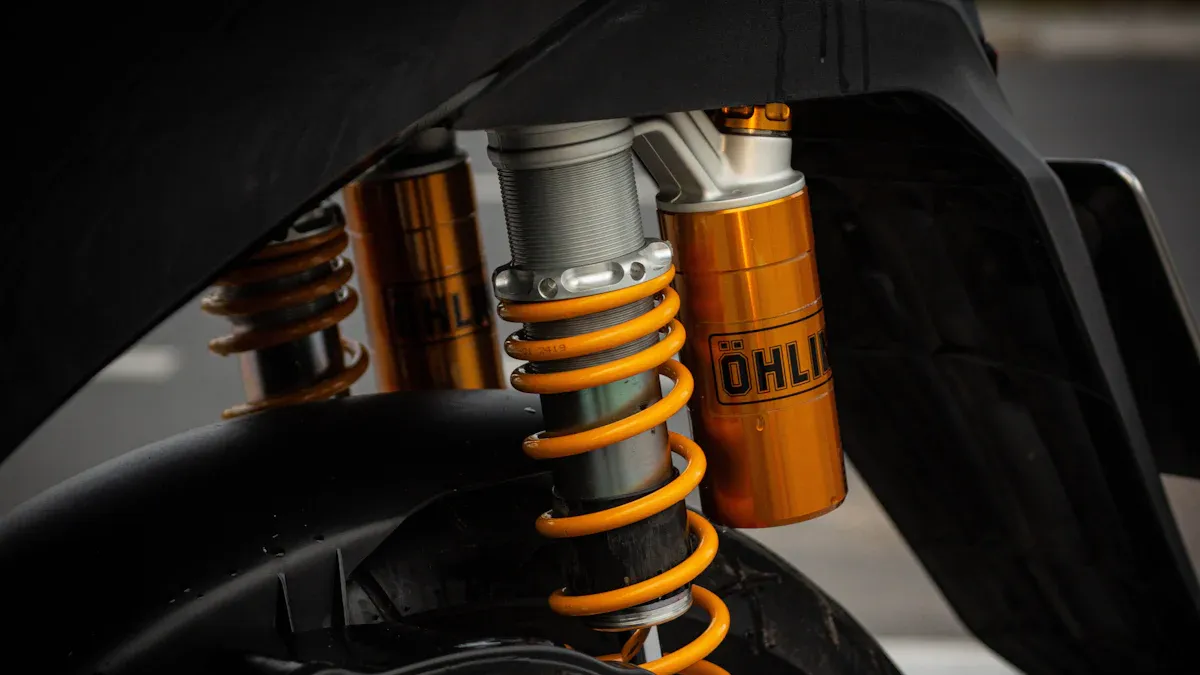
Industrial Uses
Rubber vibration isolators are used in many factories. They help machines last longer. You can use them with fans, motors, pumps, and more. These isolators soak up energy and keep machines safe.
Application Type | Description |
|---|---|
Cylindrical Mounts | Rubber absorbs shaking and protects sensitive equipment. |
Rubber Sheets | Used to block vibration and shock, saving money for companies. |
Anti-Vibration Pads | Good for compressors and pumps to lower shaking. |
Tip: The right isolator helps machines work well and need fewer repairs.
Automotive and Appliances
Rubber vibration isolators are important in cars and home devices. In cars, they are in engines and suspensions. They make rides smoother and quieter. These isolators also protect car parts from shaking.
They lower noise in engines and exhausts.
They make rides better and keep parts safe.
At home, rubber isolators help washers and dishwashers run quietly. You hear less noise and feel more comfortable.
Application | Benefit |
|---|---|
Household Appliances | Makes machines quieter and more comfortable. |
HVAC Systems | Cuts down noise and shaking for quiet operation. |
Medical Equipment
Rubber vibration isolators keep medical machines safe and working well. They soak up shaking, so machines last longer. In labs, even small shakes can ruin tests. Isolators protect delicate devices and help get good results.
Benefit | Description |
|---|---|
Reduced Wear and Tear | Soaking up shaking helps machines last longer. |
Improved Performance | Blocking vibration helps machines work better, which is important for medical tools. |
Noise Reduction | Less noise means a quieter place for patients and workers. |
Note: Vibration isolation is important for patient safety and good lab results.
Key Benefits
Rubber vibration isolators have many good points for different jobs:
They soak up shaking and stop machines from wearing out.
They help machines use less power, saving money.
They keep equipment simple and cheap.
They help with careful work and protect delicate tools.
They help people work faster by stopping breakdowns.
Benefit | Description |
|---|---|
Improved operational efficiency | Less shaking lets machines work better for longer. |
Enable precise work | Stops random shaking, so labs and researchers get good results. |
Safer transport | Keeps passengers and cargo safe from shaking during trips. |
Increased productivity | Helps people work faster and keeps things moving. |
Reduced equipment costs | Machines last longer, so you buy fewer replacements. |
System simplicity | These isolators cut down on shaking and noise, making equipment easy and cheap. |
If you want good rubber vibration isolators, you should look at YNF Rubber. They have many choices to help your machines work their best.
A rubber vibration isolator keeps shaking parts apart and soaks up energy. This tool helps stop vibrations and makes things quieter. It also protects your machines from damage. You can find these isolators in factories, cars, and medical labs. When picking one, think about how much weight it must hold. Also, count how many mounts you need and check the place where you will use it. More people use these isolators now because they make things safer and help machines last longer. If you want your machines to work better and be quieter, try using a rubber vibration isolator.
FAQ
What does a rubber vibration isolator do?
A rubber vibration isolator stops machines from shaking a lot. It blocks vibrations and keeps equipment safe. It also makes your workspace quieter.
How do you choose the right rubber vibration isolator?
Check how heavy your machine is. Look at how often it shakes. Pick a material that works for your space. YNF Rubber has many choices for different jobs.
Can you use rubber vibration isolators outdoors?
Yes, you can use them outside. Choose one that stands up to weather, heat, and chemicals. YNF Rubber sells isolators made for outdoor places.
How long does a rubber vibration isolator last?
Most rubber vibration isolators last many years. Check them often for cracks or damage. Taking care of them helps them last longer.
Where can you buy quality rubber vibration isolators?
YNF Rubber has lots of options to pick from. They sell good isolators for factories, cars, and medical tools.

